The future of multi-cloud strategy
The multi-cloud strategy is a solid reality in the business...
Improve the agility and resilience of your systems and applications to position your fintech or financial institution for the future.

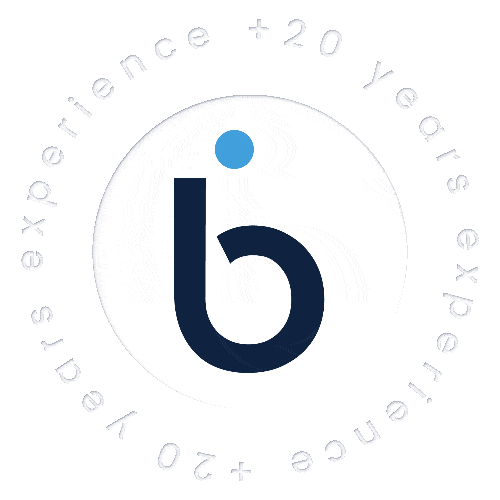
Aging technology solutions such as applications, systems, products, and platforms cannot keep pace with evolving business needs. Leverage our expertise in application reengineering and performance optimization to get the most value from your systems.
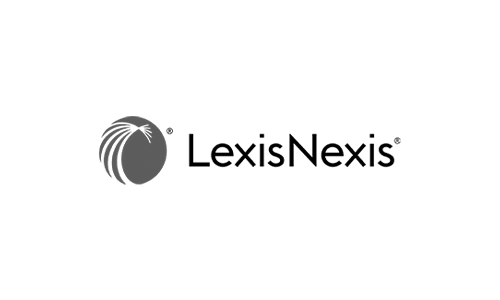






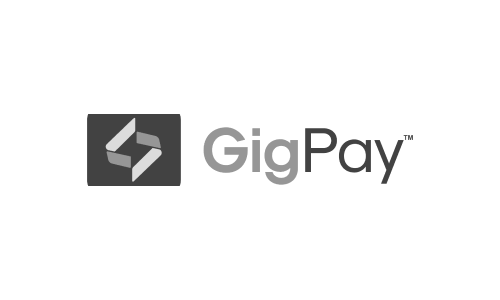

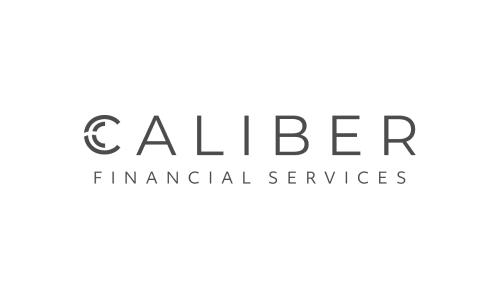
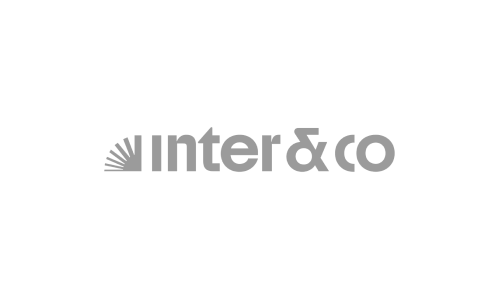
Lower total cost of ownership (TCO)
Double the security of your applications and systems
Easily adapt to emerging tech innovation
Flexibility to scale up and down as needed
Improve the efficiency of business operations
Increased ability to respond quickly to problems
Reduced reliance on manual tasks
Increased management control over systems and applications
Quickly recover from failures

Extract new value from the existing system with a modernization assessment. Our consultants provide a no-risk roadmap to help you quantify the ROI of application migration and modernization, strategize legacy system modernization, and plan for the future of business applications.
Our experts transform legacy applications to meet modern business requirements. Seamlessly transition with application refactoring Scale with containerization. Achieve agility with re-platforming.
We provide end-to-end cloud application modernization and scalable post-migration business value. Migrate on-premises applications to the cloud Streamline IT with cloud collaboration Migrate databases, OS, and CMS with zero downtime.
Modernize legacy operations with proven solutions. De-risk Mainframe Migration Automate the DevOps lifecycle Implement microservices for agility.
Simplify IT infrastructure for a unified experience Improve business agility Leverage legacy technologies Reduce TCO by 50% Comprehensive support for modernized technology assets.
As a trusted modernization consultancy, we aid in developing strategies that provide a competitive edge through industry-leading resources, specialized skills, and global delivery capabilities.
We facilitate clear insights into the impact of modernization on your legacy applications and business operations by ROI quantification through a well-defined application modernization roadmap.
We make it possible the creation of robust, industry-proven architectural solutions.
Access to global infrastructure at reasonable costs through strategic partnerships with top cloud providers such as AWS, Microsoft Azure, and Google.
Leverage of best-in-class technical expertise to deliver quality-focused modernization solutions.
Our five-step modernization approach to maximize your cloud investment:
Scope Assessment: Evaluate the feasibility and scope of system modernization to focus efforts.
Strategy: Develop an application modernization strategy that addresses potential digital transformation risk scenarios.
Document: Create a comprehensive application modernization roadmap with detailed steps and requirements for a clear vision of the outcome.
Optimization: Strategically implement application modernization using an approach to avoid downtime and regressions.
Ongoing Support: Efficiently deploy a modernized architecture and provide post-deployment support to ensure seamless operations.

The multi-cloud strategy is a solid reality in the business...
Technological innovation has transformed the financial sector in surprising ways....
The financial sector is one of the most dynamic and...

Since 2002, we have been accelerating the digital transformation of fintechs and financial services institutions in Brazil, the US, and Europe by providing skilled multidisciplinary developers who create innovative solutions.

Start Accelerating your Fintech Digital Roadmap Today!
Just fill in this form or call us at +1 (305) 600 1993

1110 Brickell Avenue
Suite 310
Miami – FL
United States
Phone:
Email:
Phone:
Email:


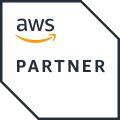
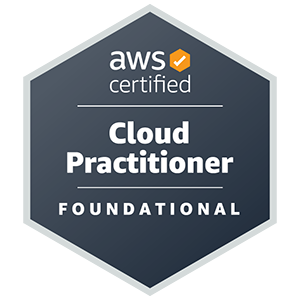

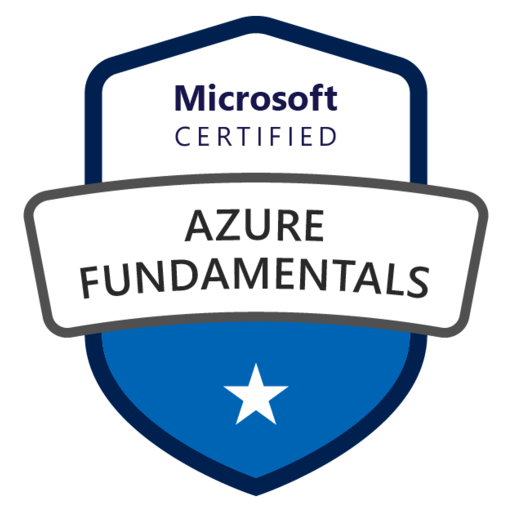

Copyright ©2023 Luby Software LLC. All rights reserved.